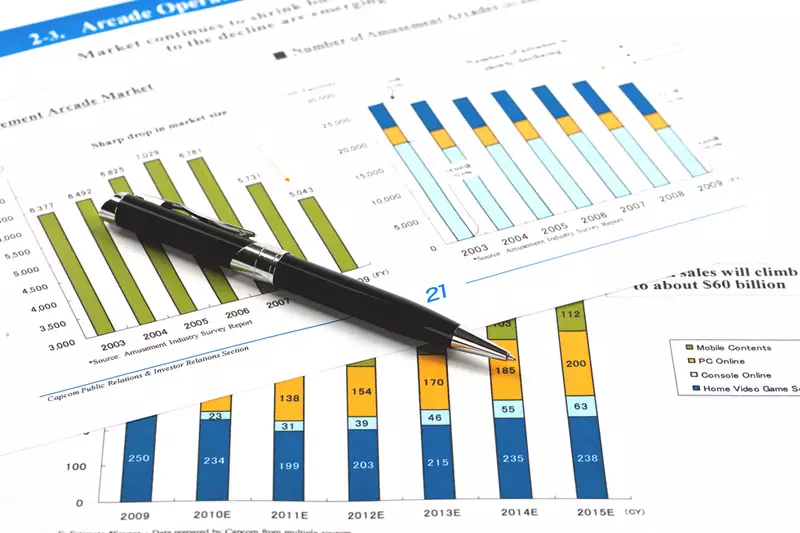A recent report from Capital Economics has issued a sobering outlook for emerging markets (EM) in 2025. The predictions highlight significant challenges that these economies are likely to face, with growth estimates trailing behind the more optimistic consensus. While these markets have historically been viewed as engines of growth, various factors are threatening their resilience and economic stability.
One of the key areas of concern outlined in the report is the impact of U.S. trade policies. Although the direct effects are expected to predominantly affect China and Mexico, the ripple effects could be felt across various emerging economies. Even though depreciation of EM currencies is anticipated, the sound balance sheets of many emerging markets provide a buffer that could prevent a chaotic adjustment. This resilience may insulate these nations from some of the more severe repercussions of global trade tensions.
China’s economic outlook is particularly complex. The government is poised to implement further policy relaxations aimed at stimulating economic growth. However, the forecast for a slow-down remains stark, driven largely by a challenging external environment characterized by declining property values and weak construction activity. This duality poses a significant challenge: while efforts to spur growth are underway, the foundations beneath them appear increasingly fragile.
India’s economic situation presents a different narrative; the nation is witnessing a slowdown following a period of vibrant growth. Contrary to other markets that are expected to maintain relative stability, India’s equities market may progressively underperform against its global counterparts. This decline raises important questions about the sustainability of India’s earlier economic momentum and poses risks for both local and foreign investors.
In addition to the Indian landscape, other Asian economies are grappling with weak growth fundamentals and subdued inflation. With central banks likely to lower interest rates further, there appears to be a concerted effort to stimulate economic activity. However, persistent stagnation in growth challenges these monetary policies’ effectiveness, raising concerns about potential long-term economic damage rather than offering a clear path to recovery.
Emerging Europe also faces a dim economic outlook with expected growth disappointments for the region in 2025. Diverging from consensus estimates, rising inflation could lead to interest rates outpacing earlier forecasts. Such a development could weigh heavily on investment and consumer confidence, thereby aggravating an already precarious situation for these economies.
Latin America, particularly Mexico, is not immune to the repercussions of U.S. protectionist measures, compounded by tightening domestic fiscal conditions. With GDP growth appearing weak, these states may struggle to maintain budgetary targets, leading to vulnerabilities in local currencies. The culmination of these pressures suggests a challenging road ahead for the region’s economic ambitions.
Conversely, the outlook for the Middle East and North Africa (MENA) region predicts an uptick in GDP, bolstered by rising energy outputs. However, stringent fiscal policies may dampen overall domestic consumption. Meanwhile, Sub-Saharan Africa could witness a GDP growth acceleration driven by lower inflation and relaxed monetary policies, although strict fiscal measures may limit the extent of this potential recovery.
As the forecasts for emerging markets unfold, the overarching theme is one of caution. The complexities of differing economic environments point to an uncertain future where challenges may overshadow opportunities. Stakeholders must remain vigilant as they navigate this intricate webs of global economic shifts, particularly in 2025 and beyond.

